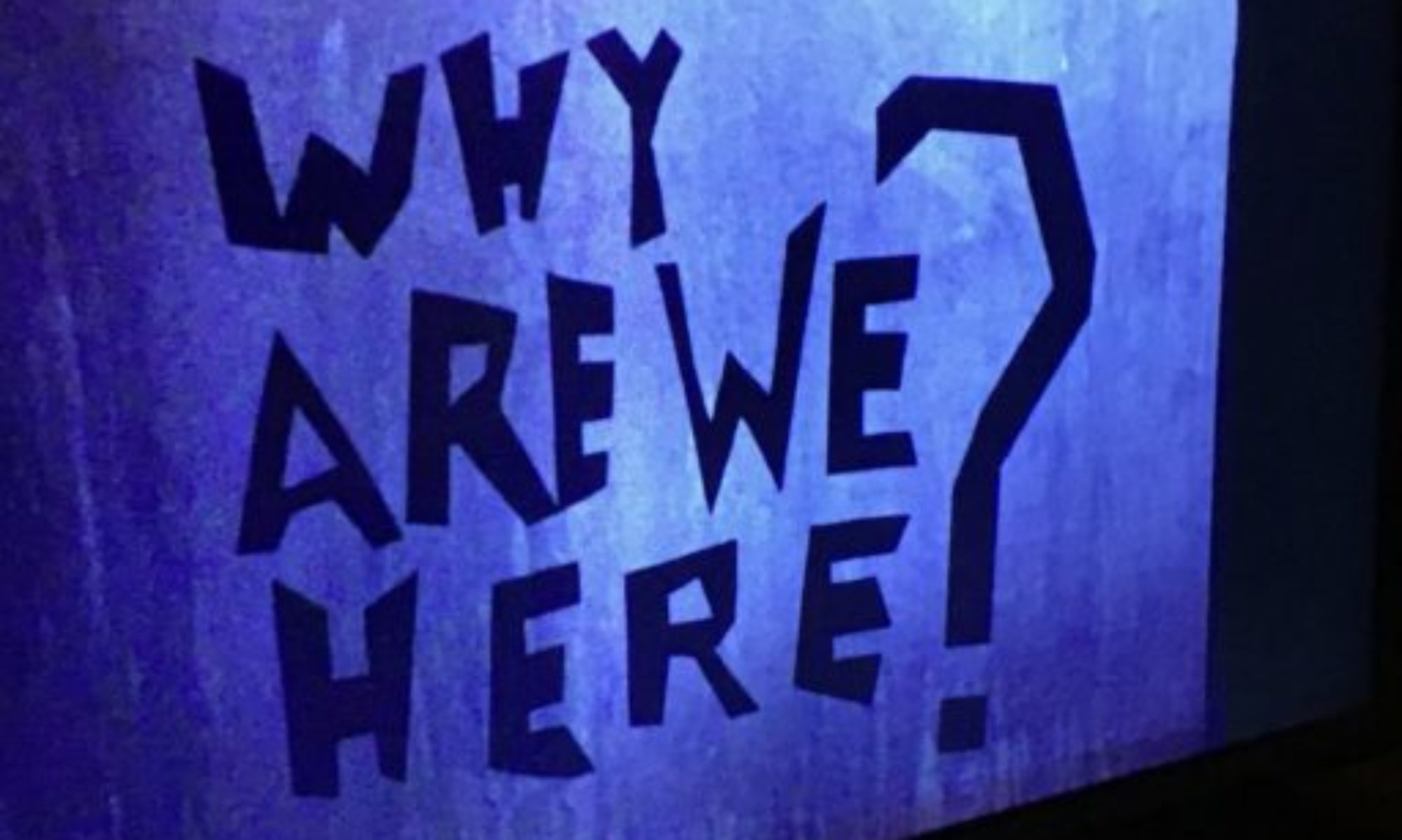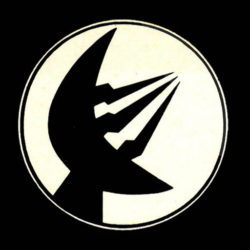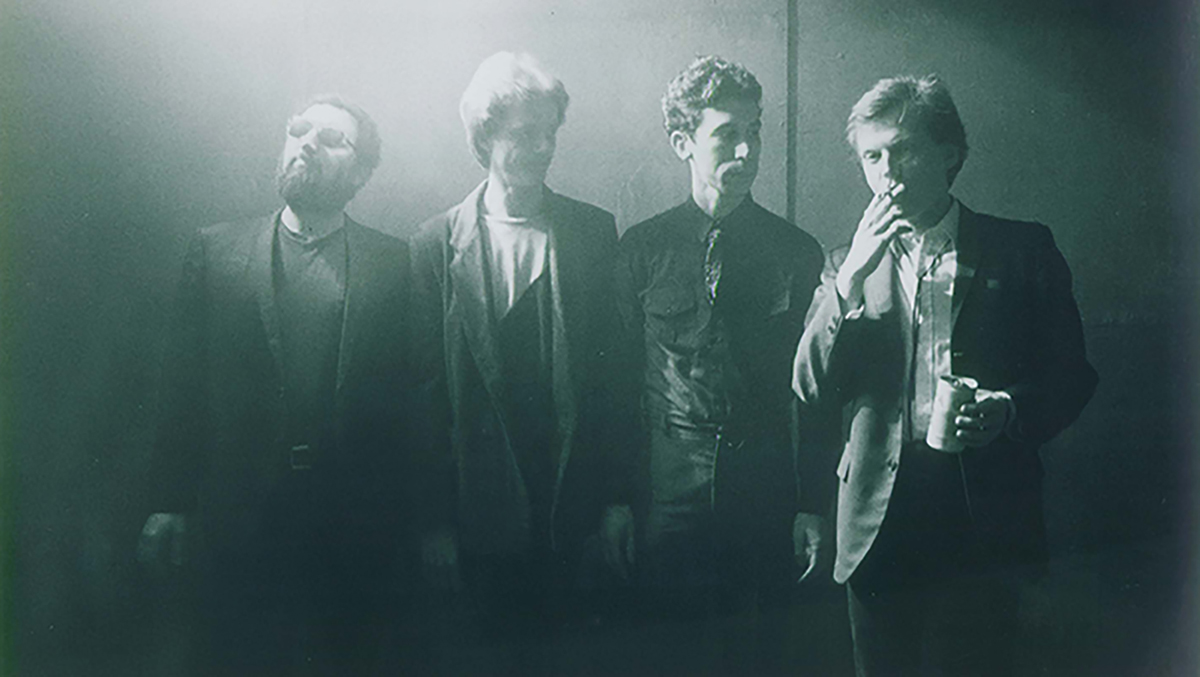 MX-80 guitarist and founder Bruce Lane Anderson, 72, died on January 11, 2022, at his San Francisco home, where he lived with his wife, Meredith Clark.
MX-80 guitarist and founder Bruce Lane Anderson, 72, died on January 11, 2022, at his San Francisco home, where he lived with his wife, Meredith Clark.
Considered by Guitar Player Magazine as one of the most “expressive, intense, and technically gifted rock guitar players,” Bruce spent his early years in Oolitic, Indiana. After trading in his trumpet for an electric guitar, he entertained schoolmates by imitating the sounds of jet planes and drag racing. Admitted to Indiana University’s fine arts program in 1967, Bruce quickly became the showcase guitarist for several regional bands, including Mrs. Seamon’s Sound Band and The Screaming Gypsy Bandits. In 1974, Bruce formed MX-80 Sound, merging players from IU’s music school with self-taught musicians. The result was a double-drum quintet with influences ranging from Morton Feldman and Ornette Coleman to Jeff Beck and Henry Mancini. In 1976, Bruce’s guitar work (described as “ferocious and nimble” by producer Steve Albini) was captured on MX-80’s first recording, Big Hits. The EP rode the coat-tails of 1970s DIY punk sensibility, though the band never fit comfortably on the new wave spectrum. MX-80 Sounds’ prescient approach was to mix high-speed metallic guitar, dense, poly-rhythmic percussion, atonal chords, and intelligent though often dispassionate vocals. Island Records signed the group for an LP, Hard Attack, which author Chuck Eddy (Stairway to Hell: The 500 Best Heavy Metal Albums) called “a distorted free for all that set some eternal noisecore standard.” Glenn O’Brien (Interview Magazine) said MX-80 Sound was “either the most Heavy Metal Art Band or the most Arty Heavy Metal Band.” Kyle Long (Nuvo.com) called MX-80 Sound “one the most influential underground rock bands to emerge during the mid-’70s.” Seeking a broader audience in 1978, Bruce moved the band to San Francisco, where they signed to Ralph Records. Two albums resulted: Out of the Tunnel, of which Ira Robbins (Trouser Press) said, “may well be MX-80’s high-tide-mark, featuring convoluted breakneck melodies, cross-fed musical genres and Anderson’s white-hot soloing,”; and Crowd Control, which when reissued in 2015, Modern Vinyl wrote, “My God, this came out in 1981, what were they thinking?!?”
Although Bruce’s unconventional approach lost him record company support, he continued to record with MX-80 issuing recordings in 1986 (Existential Lover), 1995 (I’ve Seen Enough), 2005 (We’re An American Band), 2015 (So Funny), and 2021 (Hougher House). Bruce was employed for many years at Ameoba Records, and he recorded with Bay Area artists ranging from Henry Kaiser to Angel Corpus Christi. His close collaboration with MX-80’s Dale Sophiea formed the nexus for a series of experimental groups, including O-Type, The Gizzards, Brutality, Half-Life, Lazyboy, and Grale. His friendship with MX-80 vocalist, Rich Stim, led to three Bar Stool Walker recordings. In recent years, Bruce worked with the group Rattletrap and composed and performed a final MX-80 LP, Better Than Life, to be released in 2022. 
Besides his wife, Bruce is survived by brothers Brent Anderson and Gary Anderson.
 “We Took the ‘Non’ out of NFT”
“We Took the ‘Non’ out of NFT”










 Grale
Grale

